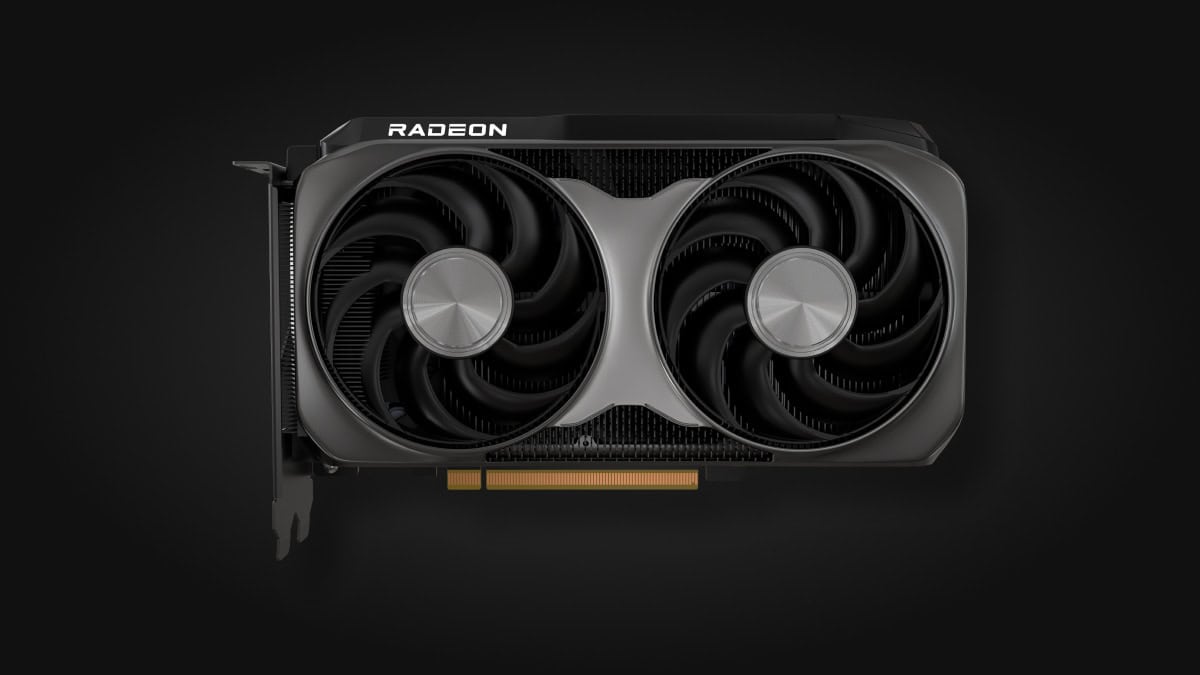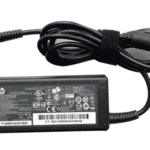AMD has officially taken the wraps off the Radeon RX 9060 XT at Computex 2025, marking a major new entry into the competitive midrange graphics card space. Available in both 8GB and 16GB GDDR6 configurations, the card launches globally on June 5, 2025, priced at $299 and $349 respectively.
Built on the RDNA 4 architecture and leveraging the latest TSMC 4nm N4P process, the RX 9060 XT is poised to challenge NVIDIA’s RTX 5060 and 5060 Ti offerings—not just in raw performance, but also in value.
Targeting Mainstream Gamers With Premium Features
The RX 9060 XT uses the Navi 44 GPU, packing 32 Compute Units, 2,048 stream processors, and 32 second-gen ray accelerators—features more commonly found in higher-tier GPUs. It’s also equipped with 64 AI accelerators, giving it improved performance in AI-enhanced rendering and upscaling, including FidelityFX Super Resolution 4 (FSR 4) and Fluid Motion Frames, AMD’s frame generation technology.
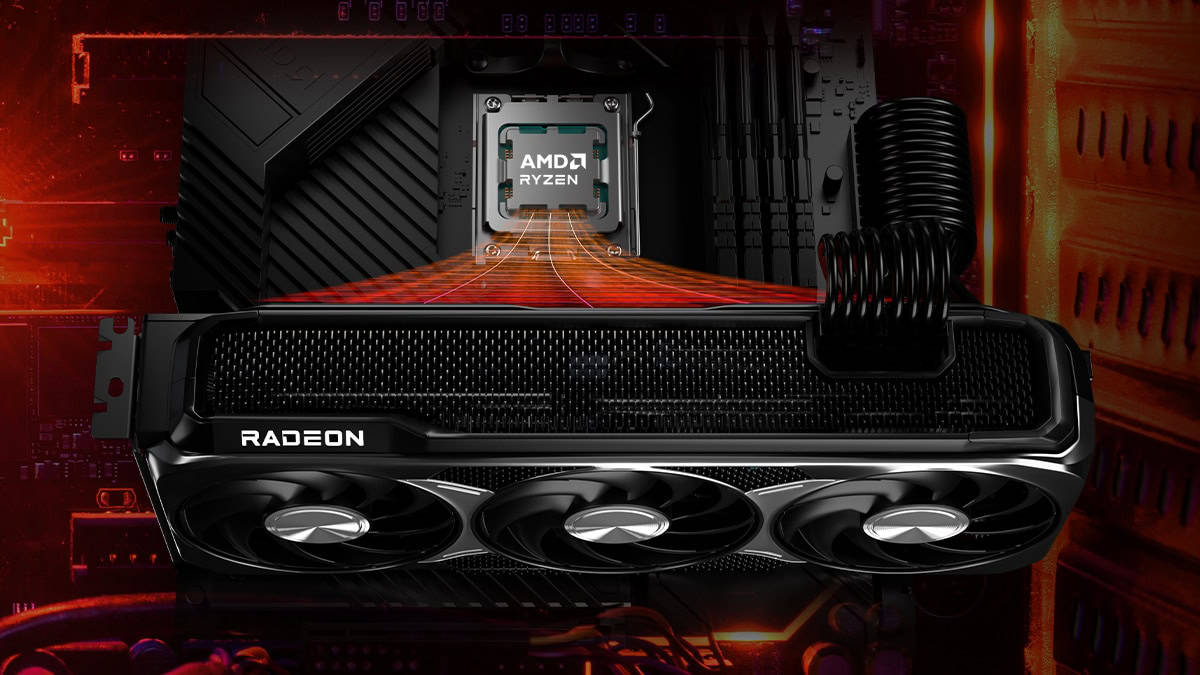
Gamers can expect clock speeds of up to 3.13 GHz on boost, with a game frequency of 2.53 GHz. The memory runs at 20 Gbps on a 128-bit interface, delivering 320 GB/s of memory bandwidth and paired with 32MB of Infinity Cache for latency reduction.
These specs put the RX 9060 XT in a strong position for high-refresh-rate 1080p and entry-level 1440p gaming, with AMD claiming a 6% performance lead over the RTX 5060 Ti 8GB in their internal benchmarks across 40 titles. Independent performance data from third-party reviewers is expected to be published soon, as AMD has provided early access units to outlets like Gamers Nexus and Hardware Unboxed.
Performance Chart: Radeon RX 9060 XT vs RTX 5060 Ti
| Spec / Feature | RX 9060 XT 16GB | RTX 5060 Ti 8GB |
|---|---|---|
| Architecture | RDNA 4 | Blackwell |
| VRAM | 16GB GDDR6 | 8GB GDDR6 |
| Ray Accelerators / Cores | 32 | 32 (RT Cores) |
| AI Accelerators / Tensor | 64 | 64 (Tensor Cores) |
| Memory Bandwidth | 320 GB/s | 288 GB/s |
| Launch Price | $349 | $349 |
| TBP | 160W | 165W |
| Boost Clock | Up to 3.13 GHz | ~2.7 GHz |
| AV1 Encode/Decode | Yes | Yes |
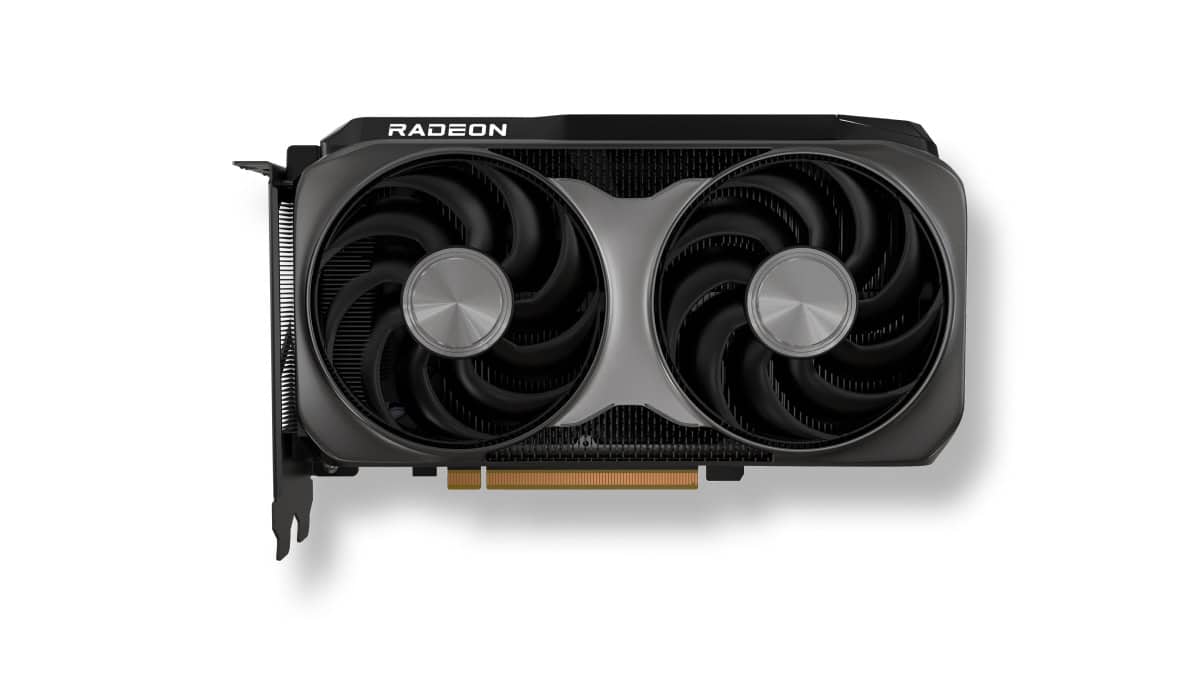
A Closer Look at Memory Options: 8GB vs 16GB
The 8GB version of the RX 9060 XT is drawing some skepticism, especially in a year where modern AAA games are increasingly pushing VRAM limits. Titles like The Last of Us Part I, Alan Wake 2, and Hogwarts Legacy have shown performance bottlenecks on 8GB GPUs, even at 1080p with high textures. While the 8GB variant is still a solid performer for esports and lighter workloads, the 16GB model is clearly the better long-term investment—and at just $50 more, it’s a price-to-performance standout.
No Reference Design, Board Partners Take the Lead
AMD is skipping a reference design for this release, meaning there won’t be a “Founders Edition” equivalent. Instead, all RX 9060 XT cards will come via board partners like ASUS, Gigabyte, MSI, Sapphire, and PowerColor. This decision allows for a variety of cooling options and factory overclocked SKUs, but also means pricing and availability could fluctuate across retailers.
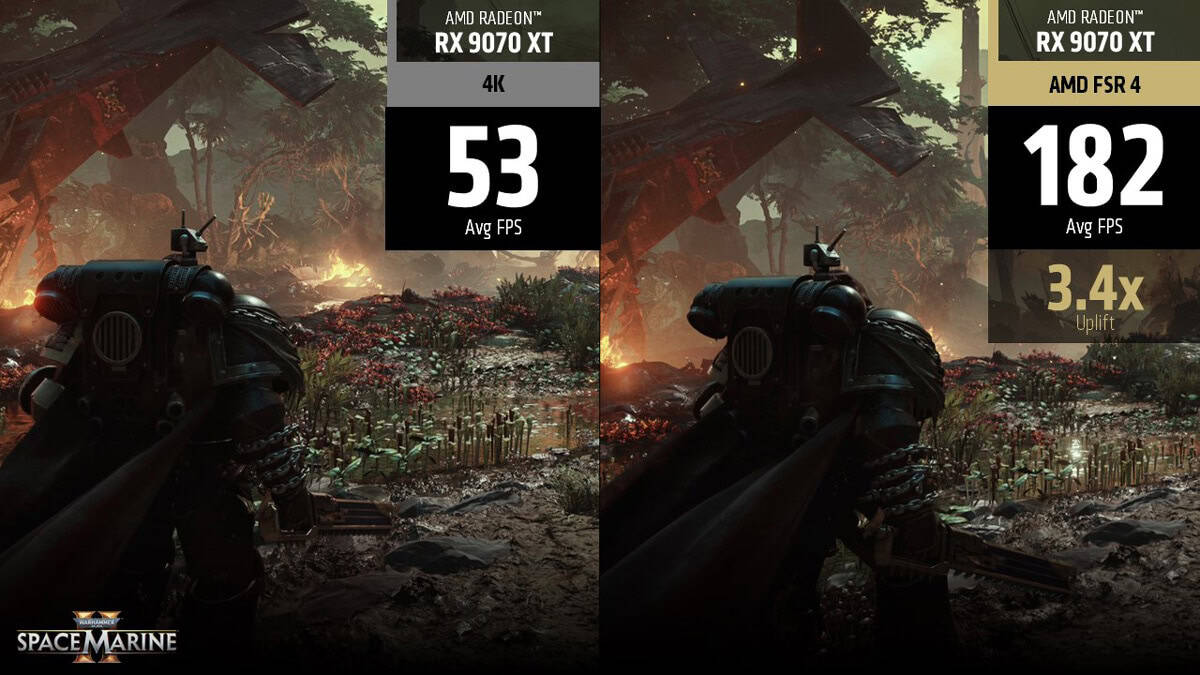
Supported Features and Tech Stack
The RX 9060 XT supports an extensive suite of AMD features, including:
- AMD Software: Adrenalin Edition
- FidelityFX Super Resolution 4
- Fluid Motion Frames
- Smart Access Memory / Smart Access Video
- Noise Suppression
- Radeon Boost & Chill
- Anti-Lag 2
- AV1 Decode/Encode
- DisplayPort 2.1a and HDMI 2.1b outputs
With support for AV1 hardware encoding, streamers and content creators also stand to benefit, especially on platforms like YouTube and Twitch that are pivoting to AV1 for improved quality at lower bitrates.
Radeon RX 9060 XT Benchmark Preview (Early Access Units)
Early third-party leaks suggest the 16GB RX 9060 XT averages 102 FPS at 1080p Ultra settings across a benchmark suite of titles including Cyberpunk 2077, Starfield, Fortnite, and Call of Duty: Modern Warfare III. In comparison, the RTX 5060 Ti reportedly averages closer to 96 FPS in the same tests, with DLSS enabled. While FSR 4 adoption is not as widespread, it continues to grow, and AMD is integrating it into more titles monthly.
Final Word: A Smart Buy for 2025 Gamers?
With RDNA 4’s efficiency improvements, up-to-date feature set, and a very competitive price tag, the Radeon RX 9060 XT stands out as one of the most exciting mainstream GPUs of the year. The 16GB version, in particular, may become the new go-to for budget-conscious gamers who want strong 1080p/1440p performance without the VRAM limitations that have plagued other midrange cards.
The GPU war between AMD and NVIDIA has entered a new phase—and this time, AMD might have the edge in price-to-performance. June 5 can’t come soon enough.
Key Takeaways
- The Radeon RX 9060 XT launches June 5th with 8GB ($299) and 16GB ($349) options targeting 1080p gaming.
- The card features 2048 cores on the Navi 44 GPU and aims to compete directly with Nvidia’s RTX 5060.
- Review units are already being distributed to tech outlets, suggesting AMD is confident in its performance.
Official Announcement and Key Features
AMD has officially announced the Radeon RX 9060 XT, their latest mid-range graphics card featuring the new RDNA 4 architecture. The GPU comes in both 8GB and 16GB variants, targeting 1080p gaming performance with modern features like DisplayPort 2.1a support.
AMD’s Reveal and Product Positioning
AMD unveiled the Radeon RX 9060 XT during Computex 2025, positioning it as their primary mid-range offering. The card is specifically designed to deliver maximum performance for 1080p gaming, with enough power to handle some 1440p titles as well.
The company is offering two memory configurations: an 8GB model and a 16GB version for more memory-intensive applications. Both models will be sent to reviewers ahead of the official launch.
AMD appears to be directly targeting Nvidia’s RTX 5060 with this release. The timing suggests AMD wants to capture the mid-range market before Nvidia’s next-gen offerings gain traction.
The price point places the RX 9060 XT in the sweet spot for gamers looking for good performance without breaking the bank. AMD continues their strategy of offering competitive pricing compared to equivalent Nvidia products.
RDNA 4 Architecture and Technological Advances
The RX 9060 XT marks the debut of AMD’s RDNA 4 architecture in the mid-range segment. This new architecture builds upon previous generations with improvements to power efficiency and performance per watt.
Key technological advances include:
- Enhanced ray tracing capabilities compared to previous RDNA generations
- Improved AI performance for upscaling technologies
- DisplayPort 2.1a and HDMI 2.1b support for next-gen monitors and TVs
- PCIe 5.0 interface for maximum bandwidth with compatible systems
The RDNA 4 architecture represents a significant step forward from RDNA 3, with AMD focusing on both raw performance and modern features. The architecture uses a refined 5nm manufacturing process for better efficiency.
Power consumption appears to be competitive, though exact TDP numbers haven’t been fully detailed yet.
Detailed Radeon RX 9060 XT Specifications
The RX 9060 XT packs impressive hardware for its class:
| Specification | Details |
|---|---|
| GPU | Navi 48 (RDNA 4) |
| Compute Units | 32 CUs |
| Memory | 8GB or 16GB GDDR6 |
| Boost Clock | 3.13 GHz |
| Memory Interface | 128-bit |
| Connectivity | DisplayPort 2.1a, HDMI 2.1b |
| Interface | PCIe 5.0 |
With 32 compute units, the card offers a substantial upgrade over previous generation equivalents. The high 3.13 GHz boost clock is particularly noteworthy, representing one of the highest clock speeds in AMD’s consumer GPU lineup.
The 8GB model targets standard gaming applications, while the 16GB variant caters to content creators and future-proofing. Both use GDDR6 memory on a 128-bit bus, though memory speeds haven’t been fully disclosed yet.
The card supports all modern display standards with DisplayPort 2.1a and HDMI 2.1b outputs, ensuring compatibility with the latest high-refresh rate monitors.
Performance, Competitive Analysis, and Market Placement
AMD’s Radeon RX 9060 XT enters the market with bold claims about its gaming capabilities and value proposition. The card aims to challenge Nvidia in the mid-range segment with competitive 1440p performance and enhanced memory options.
Benchmark Results and 1440p Gaming Performance
Early benchmark data suggests the RX 9060 XT performs impressively at 1440p resolution. AMD claims the 16GB version outperforms Nvidia’s RTX 5060 Ti by approximately 6% when tested across 40 game titles. This performance boost comes partly from the card’s 14% higher boost clock speed compared to its predecessor.
The 8GB model handles most modern titles at 1440p with medium to high settings, typically achieving 60+ fps in popular games. The 16GB variant shows particular strength in memory-intensive titles, where the extra VRAM prevents stuttering and allows for higher texture settings.
For 1080p gaming, both models deliver excellent frame rates, making them solid options for competitive gamers who prioritize high refresh rates over resolution.
Upscaling Technologies and AI Hardware Support
The RX 9060 XT includes support for FSR 4, AMD’s latest upscaling technology. This feature helps boost frame rates in demanding games by rendering at lower resolutions and intelligently upscaling the image.
Multi-frame generation technology is also present, though it doesn’t match Nvidia’s DLSS 4 in all scenarios. The card includes basic AI acceleration hardware, but lacks the dedicated AI processing cores found in Nvidia’s competing products.
These upscaling technologies are particularly valuable at 1440p, where the extra rendering power helps maintain smooth gameplay even in graphically intensive titles. Users can expect a 30-40% performance boost when enabling FSR 4 in supported games.
Comparison With Nvidia and Previous Radeon Cards
Compared to Nvidia’s offerings, the RX 9060 XT positions itself against the RTX 5060 and 5060 Ti. While it may lag behind in ray tracing performance and AI capabilities, it offers better raw gaming performance in traditional rendering scenarios.
Against AMD’s previous generation, the 9060 XT delivers about 25% better performance than the RX 7600 XT. The jump from RDNA 3 architecture brings improved efficiency and better performance per watt.
The card connects via PCIe 5.0 x8, providing ample bandwidth for current games. Memory bandwidth shows significant improvement over previous Radeon cards, contributing to the stronger 1440p performance.
Pricing, Availability, and Partner Supply
AMD has set the MSRP at $299 for the 8GB version and $349 for the 16GB model. This aggressive pricing undercuts Nvidia’s competing offerings by $30-50 depending on the model.
The official launch date is June 5, 2025, with various partner cards from manufacturers like ASUS expected to be available on day one. Early reports suggest reasonable stock levels, though this could change based on demand.
Partner models will offer various cooling solutions and factory overclocks at premium price points. AMD appears to have secured better manufacturing capacity than with previous launches, potentially avoiding the supply issues that plagued earlier releases.
Initial pre-orders should open a week before launch, with Team Red enthusiasts already expressing significant interest in these new GPUs.
Frequently Asked Questions
AMD’s Radeon RX 9060 XT comes in two memory configurations with competitive pricing and promising performance metrics that position it as a strong contender in the mid-range GPU market.
What are the key features and specifications of the Radeon RX 9060 XT?
The Radeon RX 9060 XT will be available in two memory variants: 8GB and 16GB of GDDR6 memory. This gives gamers flexibility based on their needs and budget.
The card is designed specifically for 1440p gaming, delivering ultra-smooth performance at this resolution. AMD has optimized the architecture to provide a balance between performance and power consumption.
While AMD hasn’t disclosed the complete technical specifications yet, the card is positioned as a mid-range option that provides excellent value for mainstream gamers.
How does the Radeon RX 9060 XT compare to its predecessors in terms of performance?
AMD has made significant improvements with the RX 9060 XT compared to previous generation cards in the same tier. The performance leap is expected to benefit gamers who are upgrading from older hardware.
The increased memory options (up to 16GB) represent a substantial upgrade from previous models in this price range, potentially offering better future-proofing for upcoming games.
The card inherits architectural improvements from AMD’s RDNA technology, which typically means better performance-per-watt than older generations.
What is the power consumption and efficiency of the Radeon RX 9060 XT?
AMD hasn’t officially disclosed the exact power requirements for the RX 9060 XT. However, mid-range cards in this segment typically consume between 130-170 watts.
The card likely uses AMD’s latest efficiency improvements to deliver better performance per watt than previous generations. This would align with AMD’s recent focus on power efficiency.
Users should expect the card to require a single 8-pin power connector, making it compatible with most modern power supplies without requiring upgrades.
What types of gaming and professional applications can benefit from the Radeon RX 9060 XT’s capabilities?
The RX 9060 XT excels at 1440p gaming, making it ideal for gamers who want higher resolution than 1080p without the cost of a high-end 4K-capable card. It should handle most modern titles at this resolution with good framerates.
Content creators working with video editing and 3D modeling applications will benefit from the 16GB variant, which provides ample memory for handling larger projects and textures.
The card may also support AMD’s ray tracing technology, though likely at a more modest level than their high-end offerings.
How does the Radeon RX 9060 XT performance compete with Nvidia’s equivalent offerings?
According to the search results, AMD claims the RX 9060 XT is approximately 6% faster than Nvidia’s RTX 5060 Ti at 1440p across 40 games. This positions it as a direct competitor to Nvidia’s mid-range offerings.
The 16GB memory option gives AMD an advantage in memory-intensive applications compared to similarly priced Nvidia cards that might offer less VRAM.
The competitive performance combined with potentially better pricing could make the RX 9060 XT a compelling alternative to Nvidia’s options in this segment.
What is the price range for the Radeon RX 9060 XT, and when will it be available for purchase?
The RX 9060 XT will be priced at $299 for the 8GB model and $349 for the 16GB version. This pricing strategy targets the mid-range market with options for different budgets.
AMD has announced a release date of June 5th, 2025 for both variants. This gives gamers a clear timeline for planning their purchases or upgrades.
The pricing positions the card competitively against Nvidia’s offerings while providing more memory options at each price point.

